Podcast: Play in new window | Download (Duration: 30:33 — 21.0MB) | Embed
Subscribe: Apple Podcasts | Spotify | Amazon Music | Android | Pandora | iHeartRadio | JioSaavn | Podchaser | Gaana | Podcast Index | Email | TuneIn | Deezer | Anghami | RSS | More
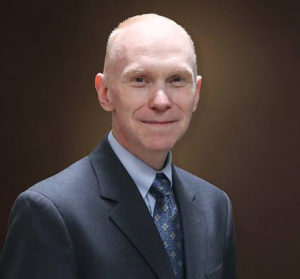
Dr. Matthew Bunson discusses the life, times and teachings of St. Bede the Venerable
- Born: 672 AD, Jarrow, United Kingdom
- Died: May 26, 735 AD, Jarrow, United Kingdom
- Nationality: English
- Feast: 25 May (Western Churches); 27 May (Orthodox Church and the General Roman Calendar from 1899–1969)
From Vatican.va, an excerpt from the teachings of Pope Benedict XVI General Audience 2009
By his way of creating theology, interweaving the Bible, liturgy and history, Bede has a timely message for the different “states of life”: a) for scholars (doctores ac doctrices) he recalls two essential tasks: to examine the marvels of the word of God in order to present them in an attractive form to the faithful; to explain the dogmatic truths, avoiding heretical complications and keeping to “Catholic simplicity”, with the attitude of the lowly and humble to whom God is pleased to reveal the mysteries of the Kingdom; b) pastors, for their part, must give priority to preaching, not only through verbal or hagiographic language but also by giving importance to icons, processions and pilgrimages. Bede recommends that they use the vulgate as he himself does, explaining the “Our Father” and the “Creed” in Northumbrian and continuing, until the last day of his life, his commentary on the Gospel of John in the vulgate; c) Bede recommends to consecrated people who devote themselves to the Divine Office, living in the joy of fraternal communion and progressing in the spiritual life by means of ascesis and contemplation that they attend to the apostolate no one possesses the Gospel for himself alone but must perceive it as a gift for others too both by collaborating with Bishops in pastoral activities of various kinds for the young Christian communities and by offering themselves for the evangelizing mission among the pagans, outside their own country, as “peregrini pro amore Dei”.
Making this viewpoint his own, in his commentary on the Song of Songs Bede presents the Synagogue and the Church as collaborators in the dissemination of God’s word. Christ the Bridegroom wants a hard-working Church, “weathered by the efforts of evangelization” there is a clear reference to the word in the Song of Songs (1: 5), where the bride says “Nigra sum sed formosa” (“I am very dark, but comely”) intent on tilling other fields or vineyards and in establishing among the new peoples “not a temporary hut but a permanent dwelling place”, in other words, intent on integrating the Gospel into their social fabric and cultural institutions. In this perspective the holy Doctor urges lay faithful to be diligent in religious instruction, imitating those “insatiable crowds of the Gospel who did not even allow the Apostles time to take a mouthful”. He teaches them how to pray ceaselessly, “reproducing in life what they celebrate in the liturgy”, offering all their actions as a spiritual sacrifice in union with Christ. He explains to parents that in their small domestic circle too they can exercise “the priestly office as pastors and guides”, giving their children a Christian upbringing. He also affirms that he knows many of the faithful (men and women, married and single) “capable of irreproachable conduct who, if appropriately guided, will be able every day to receive Eucharistic communion” (Epist. ad Ecgberctum, ed. Plummer, p. 419).
The fame of holiness and wisdom that Bede already enjoyed in his lifetime, earned him the title of “Venerable”. Pope Sergius I called him this when he wrote to his Abbot in 701 asking him to allow him to come to Rome temporarily to give advice on matters of universal interest. After his death, Bede’s writings were widely disseminated in his homeland and on the European continent. Bishop St Boniface, the great missionary of Germany, (d. 754), asked the Archbishop of York and the Abbot of Wearmouth several times to have some of his works transcribed and sent to him so that he and his companions might also enjoy the spiritual light that shone from them. A century later, Notker Balbulus, Abbot of Sankt Gallen (d. 912), noting the extraordinary influence of Bede, compared him to a new sun that God had caused to rise, not in the East but in the West, to illuminate the world. Apart from the rhetorical emphasis, it is a fact that with his works Bede made an effective contribution to building a Christian Europe in which the various peoples and cultures amalgamated with one another, thereby giving them a single physiognomy, inspired by the Christian faith. Let us pray that today too there may be figures of Bede’s stature, to keep the whole continent united; let us pray that we may all be willing to rediscover our common roots, in order to be builders of a profoundly human and authentically Christian Europe.
For more visit Vatican.va
Dr. Matthew Bunson, Senior Fellow of the St. Paul Center for Biblical Theology, is one of the United States’ leading authorities on the papacy and the Church.
His books include The Encyclopedia of Catholic History; The Encyclopedia of Saints; Papal Wisdom; All Shall Be Well; Encyclopedia of the Roman Empire; and The Angelic Doctor: The Life and World of St. Thomas Aquinas; The Pope Encyclopedia; We Have a Pope! Benedict XVI, the first Catholic biography of the Holy Father in the English language; the Encyclopedia of U.S. Catholic History; Pope Francis. His also the editor of OSV’s “The Catholic Answer” magazine.

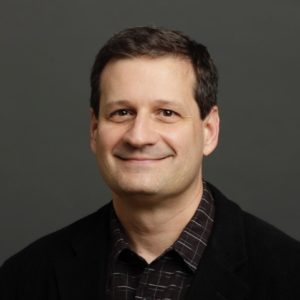 What a delight to be joined once again by Dr. James Papndrea, especially to discuss his book “What Really Happens After We Die: There Will Be Hugs in Heaven.” In part 2 of this podcast, we discuss Heaven and the reality of Hell.
What a delight to be joined once again by Dr. James Papndrea, especially to discuss his book “What Really Happens After We Die: There Will Be Hugs in Heaven.” In part 2 of this podcast, we discuss Heaven and the reality of Hell.
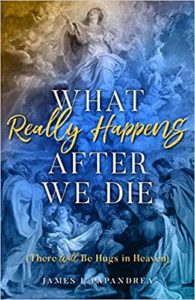
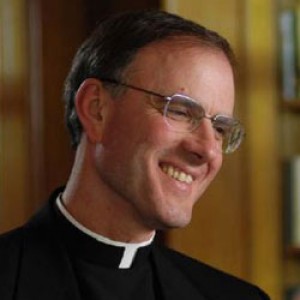
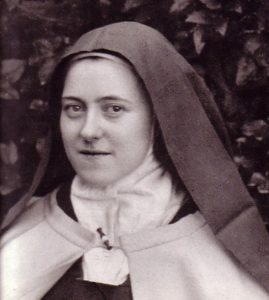
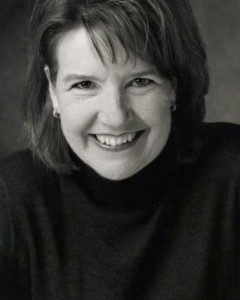
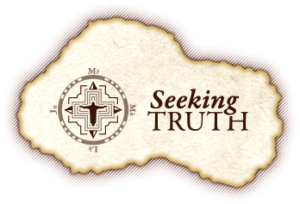
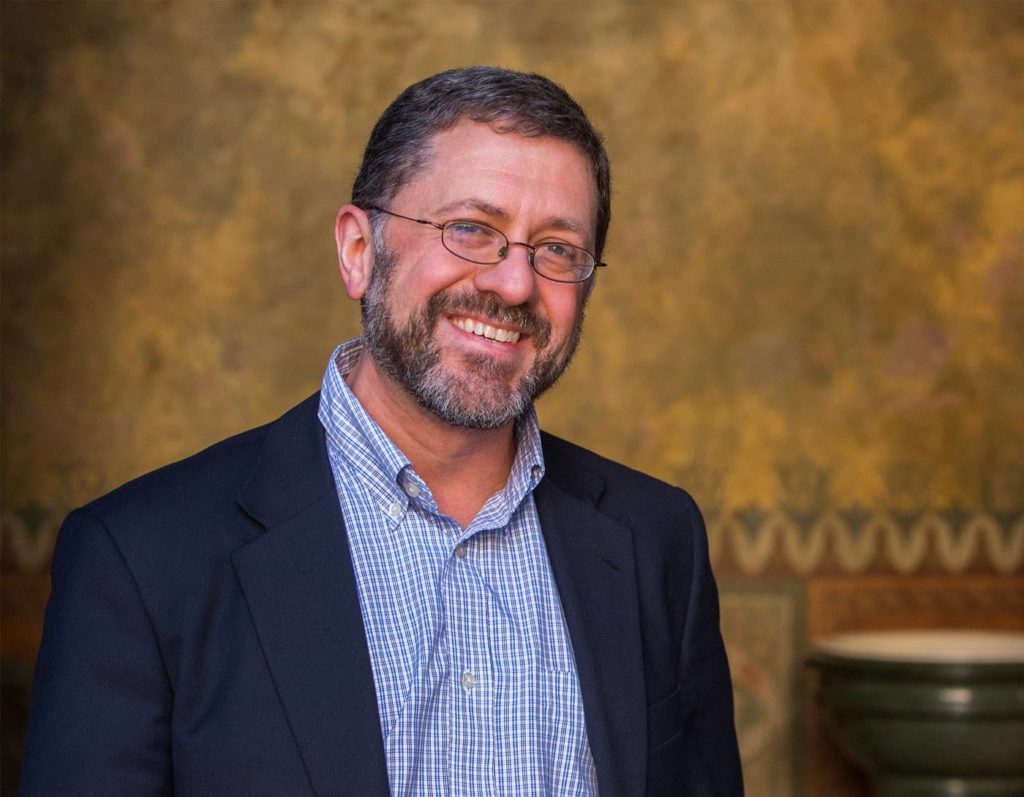 Episode 3 – Pontius Pilate – “Villains of the Early Church: And How They Made Us Better Christians“
Episode 3 – Pontius Pilate – “Villains of the Early Church: And How They Made Us Better Christians“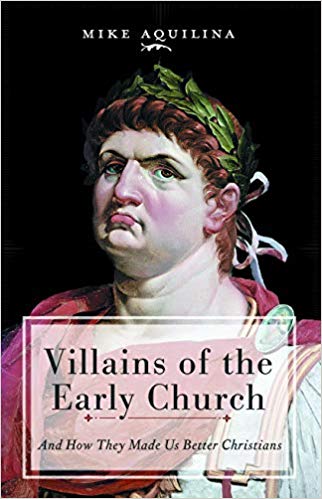
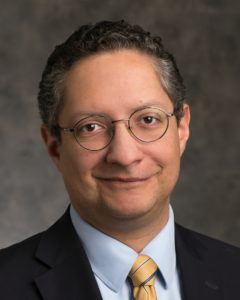 Episode 33- Regnum Novum: Bringing forth the New Evangelization through Catholic Social Teaching with Omar Gutierrez – We continue the study of the “
Episode 33- Regnum Novum: Bringing forth the New Evangelization through Catholic Social Teaching with Omar Gutierrez – We continue the study of the “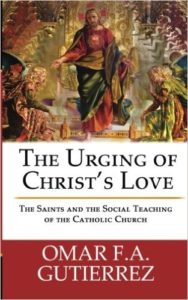
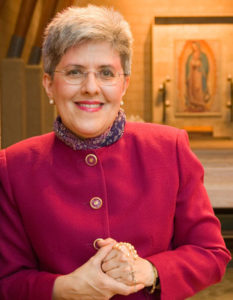
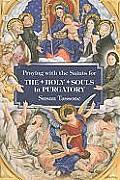
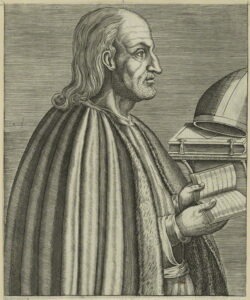 Discerning Hearts Reflection Questions
Discerning Hearts Reflection Questions